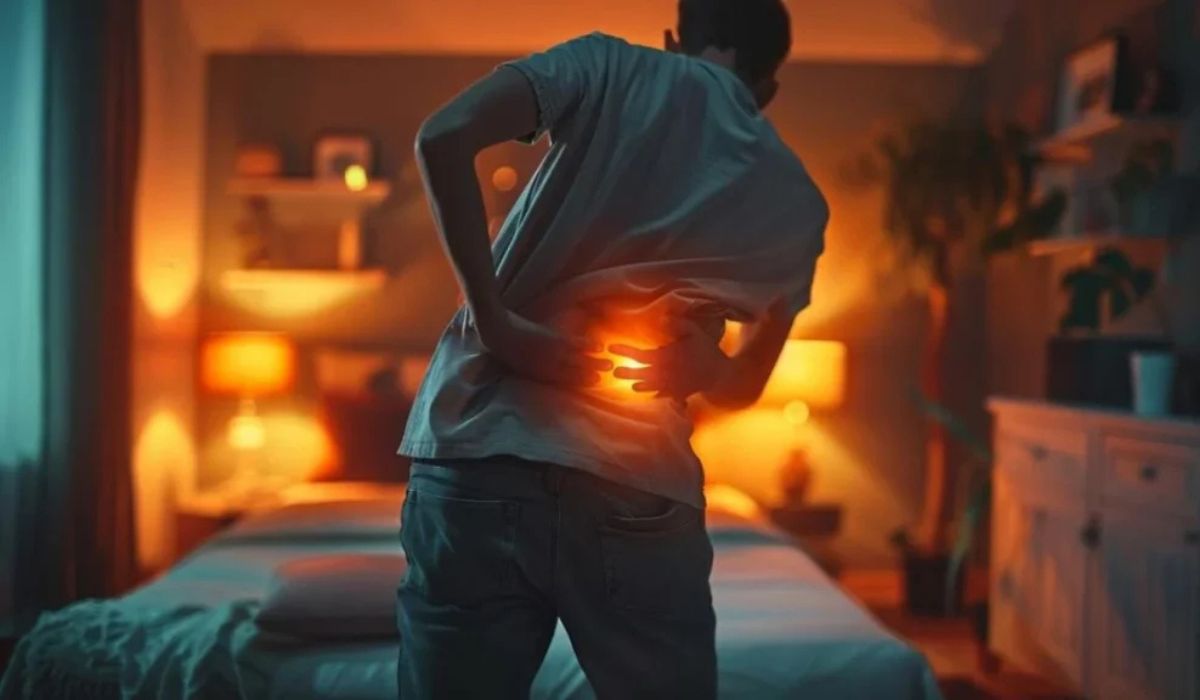Andrigolitis is a medical condition that affects the muscular and skeletal systems causing inflammation and discomfort. While the term might not be common in daily conversation its effects can be debilitating for those who suffer from it. In this article we will explore the essential aspects of andrigolitis, including symptoms causes, and treatment options. Additionally, we’ll provide useful insights into how to manage and prevent this condition from worsening.
What is Andrigolitis?
Andrigolitis is an inflammatory condition that affects muscles, tendons, and ligaments leading to pain, stiffness, and swelling. It is often confused with other musculoskeletal disorders such as arthritis but it specifically targets connective tissues. People with andrigolitis often experience pain in their joints, particularly in areas like the knees shoulders and hips.
Symptoms of Andrigolitis
Understanding the symptoms of andrigolitis is key to early detection and effective management. Below are some common symptoms:
- Pain and Swelling: Localized pain in joints or muscles which can intensify during movement.
- Stiffness: Reduced range of motion in affected joints making daily activities challenging.
- Fatigue: Constant tiredness due to the body’s response to inflammation.
- Tenderness: The affected area may become tender to touch.
Table: Common Symptoms of Andrigolitis
| Symptom | Description |
| Pain | Discomfort in muscles and joints |
| Swelling | Inflammation in affected areas leading to puffiness |
| Stiffness | Difficulty moving the joints or muscles |
| Fatigue | Persistent feeling of tiredness and exhaustion |
| Tenderness | Sensitivity and discomfort when pressure is applied to affected areas |
Causes of Andrigolitis
There is no single cause for andrigolitis. It is usually a combination of genetic environmental and lifestyle factors. Let’s look at some possible causes:
Genetic Factors
Some individuals may be genetically predisposed to inflammatory conditions like andrigolitis. If you have a family history of musculoskeletal disorders you are at a higher risk of developing this condition.
Lifestyle and Occupational Risks
People engaged in strenuous physical activities or those whose jobs involve repetitive movements may also be at risk. Regular overuse of joints and muscles can lead to inflammation and trigger andrigolitis.
Autoimmune Disorders
In some cases andrigolitis may be linked to autoimmune conditions where the body’s immune system attacks its own tissues leading to inflammation.
Treatment Options for Andrigolitis
Managing andrigolitis requires a multi-faceted approach that may include medication physical therapy and lifestyle changes. Here are the common treatment options:
Medications
- Anti-Inflammatory Drugs: Over-the-counter medications like ibuprofen can reduce inflammation and alleviate pain.
- Corticosteroids: These are prescribed in more severe cases to control inflammation and improve mobility.
Physical Therapy
Physical therapy is crucial for strengthening muscles and improving flexibility. Regular therapy sessions can help reduce stiffness and promote better joint movement.
Lifestyle Adjustments
Making adjustments to your daily routine can significantly improve your condition. Consider the following tips:
- Maintain a Healthy Weight: Excess weight puts additional stress on joints worsening the symptoms.
- Exercise Regularly: Engage in low-impact exercises like swimming or walking to improve muscle strength without straining your joints.
- Stay Hydrated: Dehydration can worsen muscle inflammation, so it’s important to drink plenty of water throughout the day.
Table: Treatment Options for Andrigolitis
| Treatment Type | Description |
| Medications | Anti-inflammatory drugs and corticosteroids to reduce inflammation |
| Physical Therapy | Exercises to improve flexibility and muscle strength |
| Lifestyle Adjustments | Weight management regular exercise and hydration |
Prevention and Management of Andrigolitis
While andrigolitis cannot always be prevented, following these tips can help manage the condition and reduce the risk of flare-ups.
Regular Exercise
Staying physically active helps keep muscles and joints flexible. Focus on low-impact activities like swimming cycling and yoga. Avoid high-intensity workouts that may put stress on your joints.
Diet and Nutrition
Incorporating anti-inflammatory foods into your diet can help manage symptoms. Foods like leafy greens, fatty fish, and nuts have been shown to reduce inflammation. Additionally, avoiding processed foods and sugary drinks can improve your overall health.
Stress Management
Chronic stress can aggravate inflammatory conditions like andrigolitis. Practice relaxation techniques such as meditation deep breathing or spending time in nature to reduce stress levels.
Bullet Points for Prevention:
- Engage in low-impact exercises regularly.
- Eat a balanced diet rich in anti-inflammatory foods.
- Stay hydrated and avoid sugary beverages.
- Manage stress through mindfulness and relaxation techniques.
- Maintain a healthy weight to reduce stress on joints.
Conclusion
Andrigolitis is a manageable condition if caught early and treated properly. Understanding its symptoms causes and treatment options allows individuals to lead a healthier life while minimizing the impact of the condition. By incorporating regular physical activity dietary changes and stress management into your routine you can significantly improve your quality of life despite the challenges posed by andrigolitis.
FAQs
1. Is andrigolitis the same as arthritis?
No, while both conditions involve inflammation, andrigolitis specifically targets connective tissues whereas arthritis primarily affects joints.
2. Can lifestyle changes help manage andrigolitis?
Yes, regular exercise maintaining a healthy weight and following an anti-inflammatory diet can help manage the symptoms of andrigolitis.
How is andrigolitis diagnosed?
Diagnosis typically involves a physical examination review of medical history and imaging tests like X-rays or MRIs to assess the level of inflammation.
4. Is surgery necessary for andrigolitis?
Surgery is usually a last resort and is only recommended in severe cases where other treatments have failed to alleviate symptoms.
5. Can children develop andrigolitis?
While andrigolitis primarily affects adults it is possible for children to develop the condition, especially if there is a family history of inflammatory disorders.

